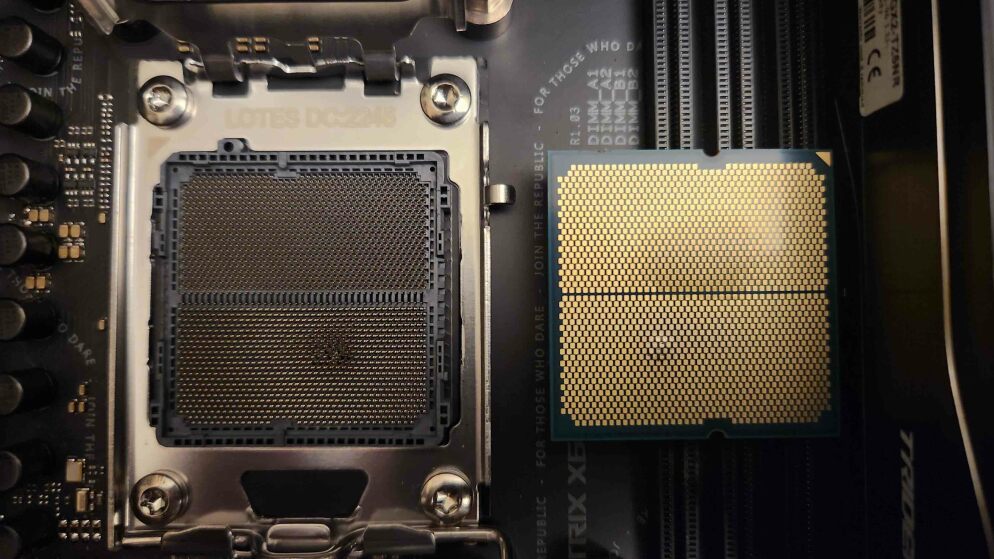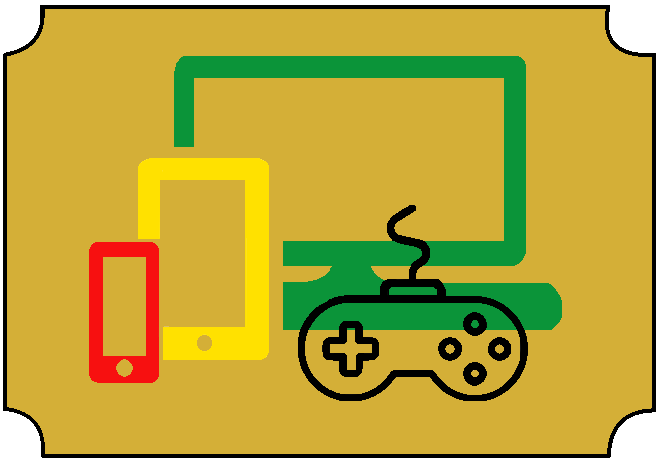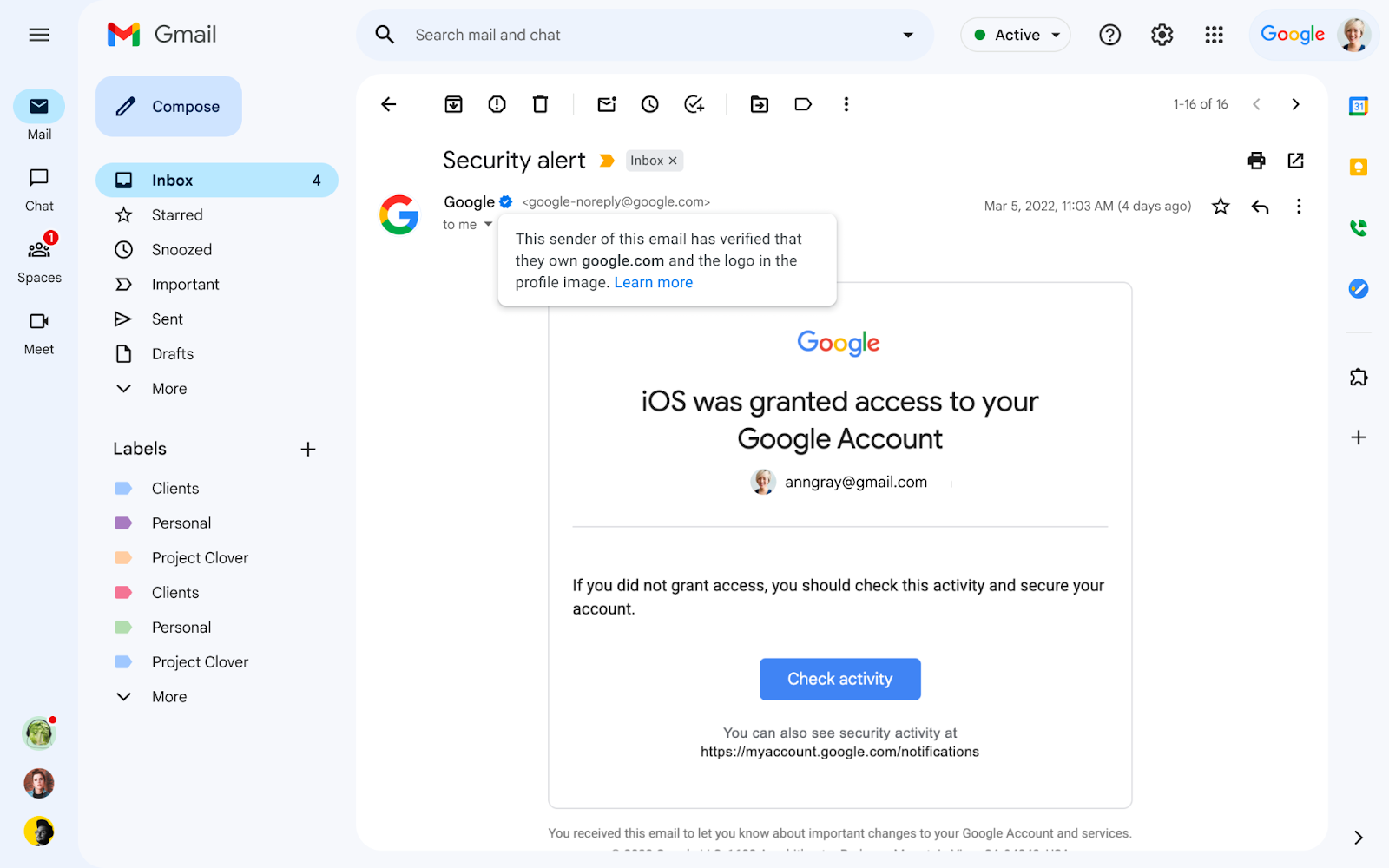My opinions are italicized.
Google software stuff
This Wednesday, Google held their I/O event where they talked about the future of their services and what they are releasing. They unveiled new hardware and software products and this article is about the software.
Google rebranded some AI features that they announced in March as “Duet AI”. These features would include a “Sidekick” for Google apps that’s able to read, summarize, and answer questions on documents. There were also many generative AI tools for Google’s productivity apps. These would include writing assistance in Docs and Gmail, image generation for Slides, automatic meeting summaries for Meet, and more. AI is also coming to photos with a Magic Editor, where you could move the subject around in the photo and AI would fill in the gaps. This is helpful for all of the pictures where someone can’t follow instructions and they are off to one side instead of being in the center. All of these features could be obtained by signing up for Workspace Labs and joining the waitlist Previously, this waitlist was private and, now, anyone can join but it is unclear when people would be able to access these features. All we have is that we know that it is coming this year but that is not very helpful.

Google is also changing how their search would work. Instead of searching something and having to sift through articles in order to find your information, Bard would summarize it at the top of the page. Below that would be a list of suggested follow up questions that you could ask Bard for more clarification. While you may be thinking that all of this is a good thing, it only seems like that on the surface. Making the response from Bard the first thing you see would ruin Google search. Firstly, generative AI like Bard consistently gets things wrong. This would lead to some people only reading the Bard portion and being completely misinformed. Also, pushing all of the articles that Bard scraped in order to display its result would result in those articles not being read. This would cause the articles to receive less money because not as many people viewed them, which would cause them to make less articles or go out of business and without the articles for Bard to source, Google search would become useless. While this may be a stretch at the time, it is guaranteed that Bard would cause publishers to lose money.
There were some more projects that they are working on that are really cool. Firstly, is what they are calling “Project Tailwind”. This is an AI language model that would only be trained based on what you feed into it. For example, you could give it all of the notes that you took during a lecture, feed it into this AI, and you could ask it anything about the lecture. It could also be able to make something like a study guide on the material. We could only hope that this data would not be sold to advertisers, but this is Google we’re talking about and unless they say something otherwise, they would sell your data.
Moving away from all of the AI stuff, Google has also announced some features for Android. This would include an Android version of Find My for accessories, and alerting the user if an unknown tracker has been following you (including AirTags). Back to something AI related, you will be able to create an AI generated image for your background picture.
Google Pixel stuff
This Wednesday, Google held their I/O event where they talked about the future of their services and what they are releasing. They unveiled new hardware and software products and this article is about the hardware.
The Pixel 7a is very similar to the previous A series phone, but there are 5 major differences. First is the performance. The Pixel 7a is using the same chip as the Pixel 7 and 7 Pro, which is the Tensor G2. This is not the most performant chip on the market, that crown usually goes to Apple and Qualcomm, but it does have some advanced camera processing. The second major upgrade is the display. It is brighter than last generation and it now has a 90Hz refresh rate, which would make it smoother to use. Thirdly, the camera system has improved. The Pixel 7a now has 64MP main camera compared to the 12MP of the Pixel 6a. It’s accompanied by 13-megapixel ultrawide and selfie cameras. Fourthly, the Pixel now has wireless charging, it is not very fast but 7 watts is infinitely more watts than the 0 watts the the 6a could do. The final change is not a good thing, since the price has increased from the $450 of the 6a to $500. You are getting a whole lot more phone than the 6a and it is still $100 cheaper than the Pixel 7. There are some minor differences when comparing the Pixel 7 and 7a, but it is not worth the extra $100 unless you really need those specific features.
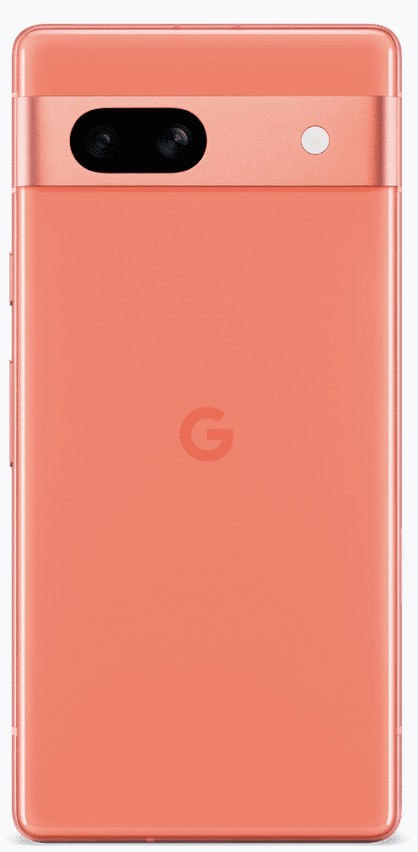
The next thing to be announced was the Pixel Tablet. While just a tablet would have been boring, the tablet comes included with a wireless dock that the tablet would connect to magnetically. This dock would charge the device and play the tablet’s audio using the built-in speakers. The dock also turns the tablet into a Nest Hub Max, where it could control smart home features and all the other stuff that a Nest Hub could do.
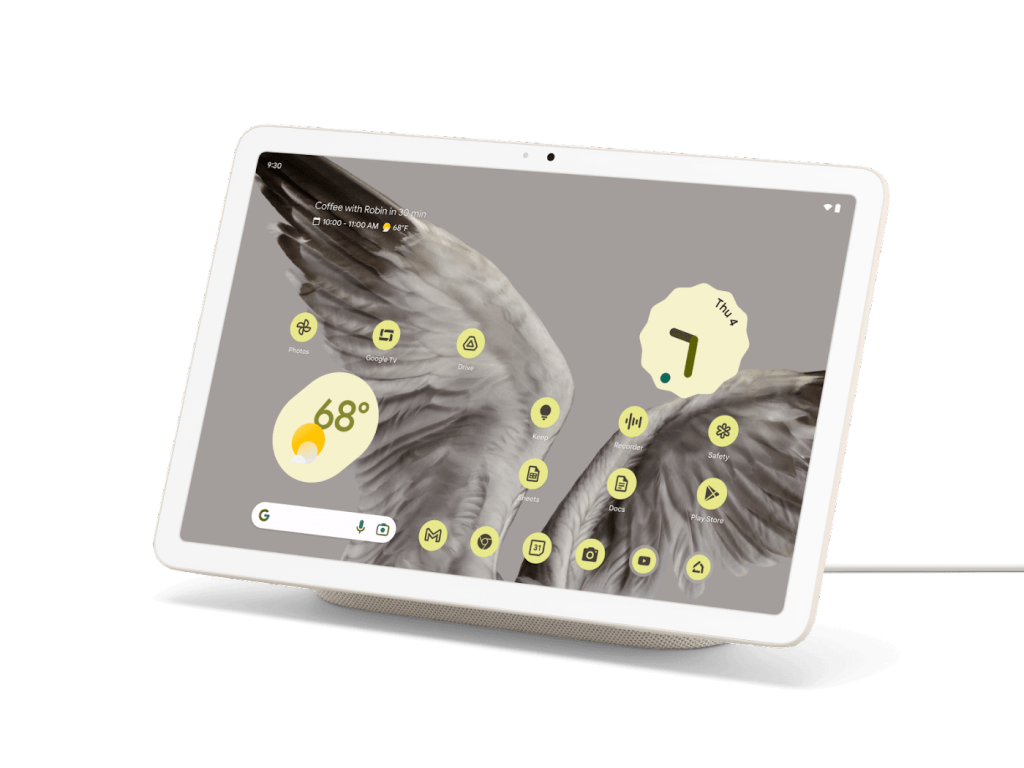
The final thing announced was the long rumored Pixel Fold. Those who have followed the Fold would already know everything about it since it has been leaked for months. For those who don’t know, the Pixel Fold has the same Tensor G2 chip as the rest of the Pixels. It has three cameras, a 48MP main camera (with OIS), a 10.8MP ultra wide camera, and a 10.8MP telephoto camera with a 5x zoom. The front screen is 5.8 inches diagonally with a resolution of 2092x1080p and 1550 nits at peak brightness and 1200 nits in HDR. The inner screen is 7.6 inches with a resolution of 2208 x 1840 and a peak brightness of 1450 nits and 1000 nits in HDR. While the Pixel Fold and the Samsung Z Fold 4 have the same inner screen size, the Pixel is in a landscape position while the Z Fold is more portrait when infolded. This makes the inner screen of the Pixel more usable. This phone starts at $1800, which is the same as the Z Fold 4. While this looks like a great phone on paper, you shouldn’t buy this generation. Since the display is made of plastic on the inside, dust would damage it if it gets in. Also generally, the first generation of something has a lot of problems that could only be seen after years of testing. Unless you need every pixel (pun intended) then you might consider this phone, but remember, it is $1000 more than the Pixel 7 Pro and that phone is better in every way. The only difference is that when you fold the Pixel 7 Pro, it will break and not recover.
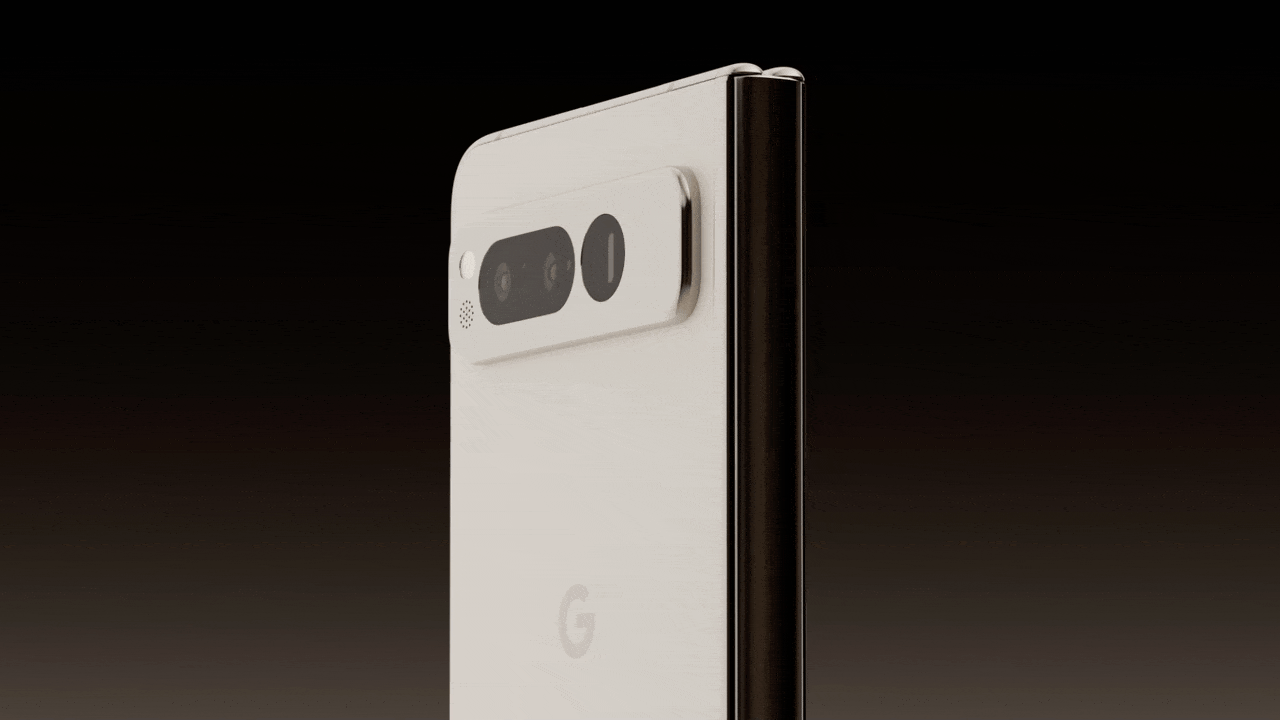
ROG Ally is here
The ROG Ally is here and reviews for it are already out, so let’s get into it. I am not reviewing this, this is based on other peoples reviews. Including LTT and MrWhoseTheBoss
First the good stuff, the ROG Ally is better than the Steam Deck in almost every way. The screen on the Ally is 1080p with a 120Hz refresh rate and a peak brightness of 500 nits. The steam deck is only 800p with a 60Hz panel and an advertised 400 nits, but in Linus Tech Tips review on the Ally, he found the Steam Deck could actually do 500 nits. Another thing that the Ally could do is plug into a proprietary port on the top which allows you to use an external GPU. The external GPU is very expensive but at least there is the option. Most of the other things about the Ally are the same with the Steam Deck. This would include a 40 Watt hour battery, microsd expansion, and a usb-c port on the top. Even though the Ally has more performance, the Steam Deck is better in some areas. The Steam Decks software for launching games is less buggy. While it was buggy at the start, it has greatly improved. The Steam Deck gets more battery life than the Ally, since it draws less power. The Deck has two trackpads below the analog sticks, which is useful if you are moving a cursor. The Deck is also more upgradeable since the analog sticks can be replaced with Hall Effect ones that won’t drift.
Now to the bad stuff, which is ASUS lying to their customers. Firstly, ASUS promised that it would be up to 2 times more powerful than the Steam Deck. It wasn’t. They said that it would have a custom SOC. It didn’t. They promised a smooth software experience. It doesn’t have it and you get the picture. Most of these flaws are because this is a first gen product for ASUS and I hope it will get better over time. For those who remember, the Steam Deck also had many software issues when it first launched, but it got better over time. Some other issues with the Ally include the face buttons getting stuck in the down position, random key presses, and of course, Windows. While Windows allows for more flexibility, it is not optimized for the use on handhelds yet. It is rumored that Microsoft is working on it.
The final verdict is that the Ally is for those who want the most performance, even if that means worse battery life, some early software bugs, and minor hardware bugs. But if you are more of a console kind of person, then the Steam Deck is the best option for you because of its ease of use. Or you could just say “Screw it” and buy a Nintendo Switch and play Tears of the Kingdom along with 5 other games with all of that extra money.
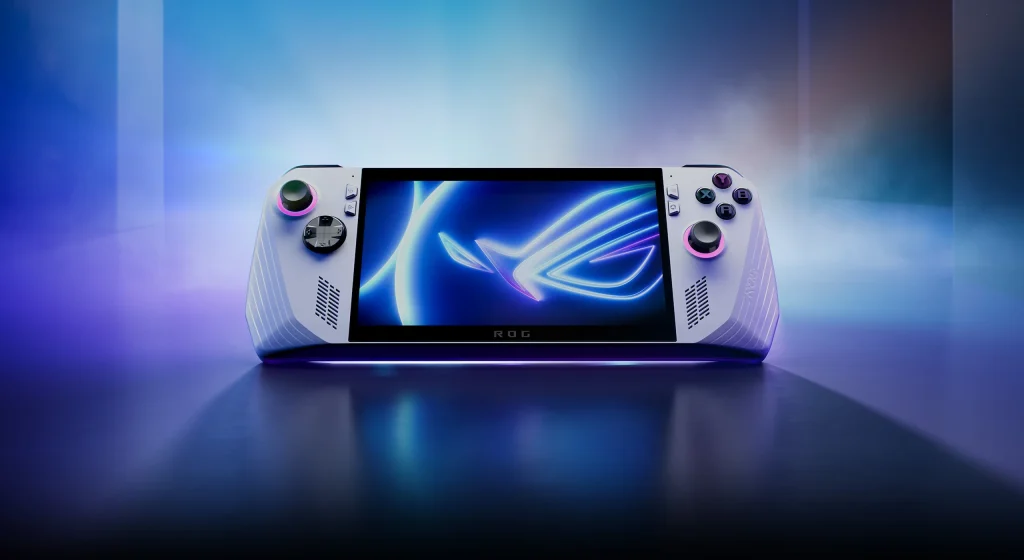
ASUS controversy among BIOS updates
Recently, Ryzen X3D chips have been overheating and turning into expensive paperweights. The problem behind this is from ASUS motherboards providing too much voltage to the CPU. So ASUS quickly released a beta BIOS to fix it, but it said on the page that using this BIOS would void your warranty. The reason it said that was because it was a default for their beta BIOS and ASUS said that they would honor all of the warranties of the burnt chips. Gamers Nexus found that the CPU is still receiving too much voltage despite the beta BIOS being installed. Even though this has been getting a lot of coverage, this only affected less than 10 people so it is not something you would ever have to worry about.
